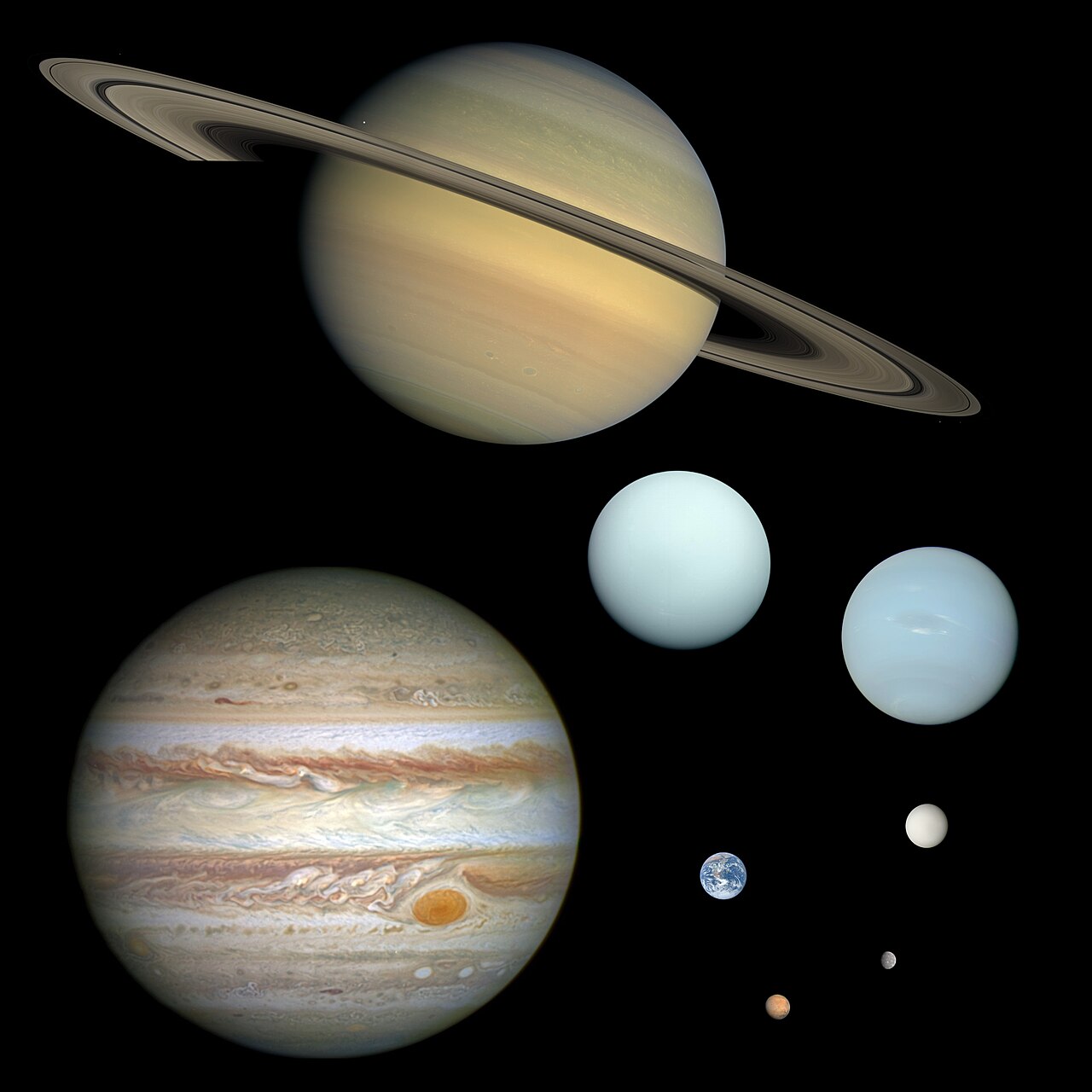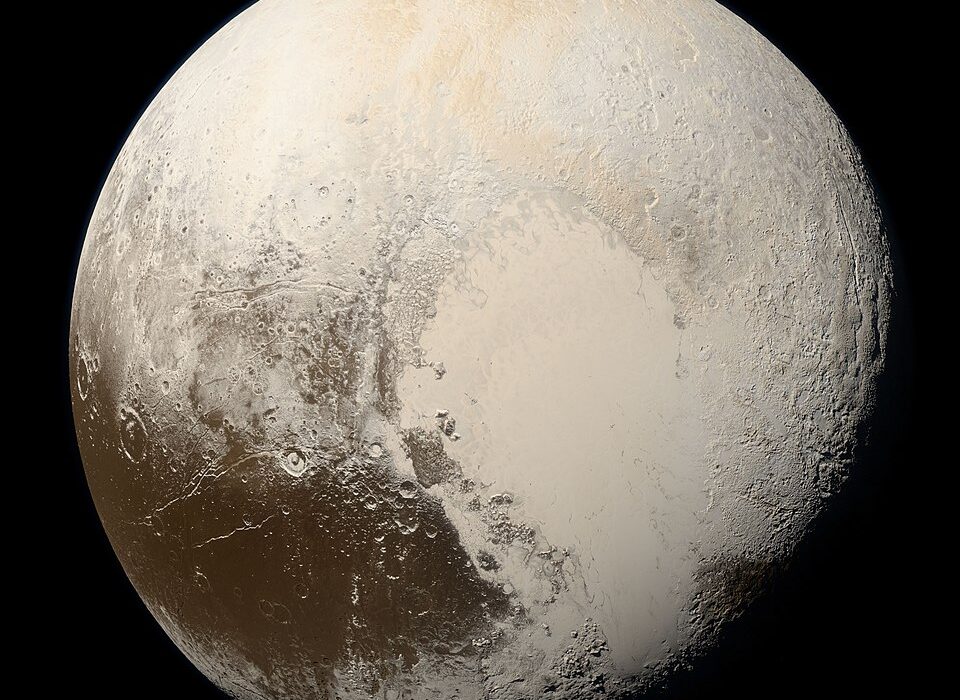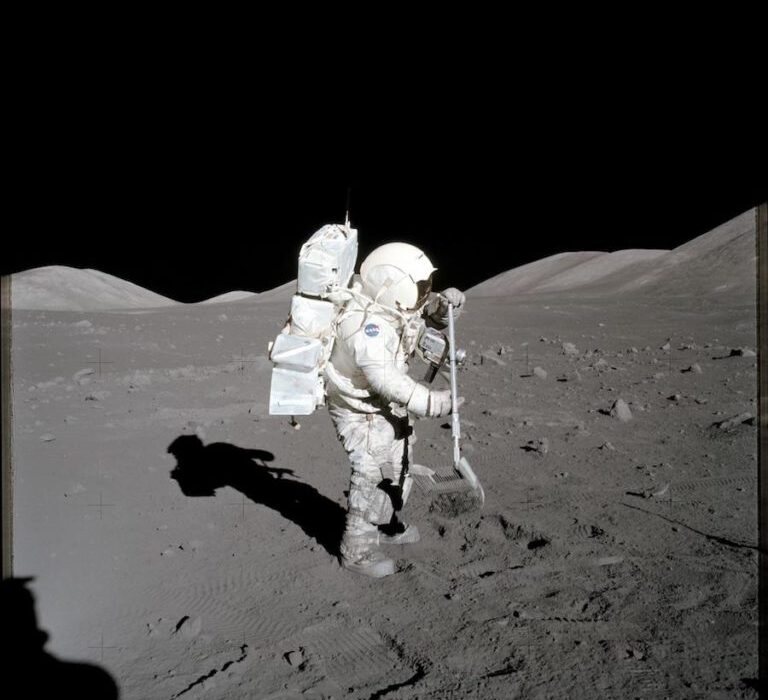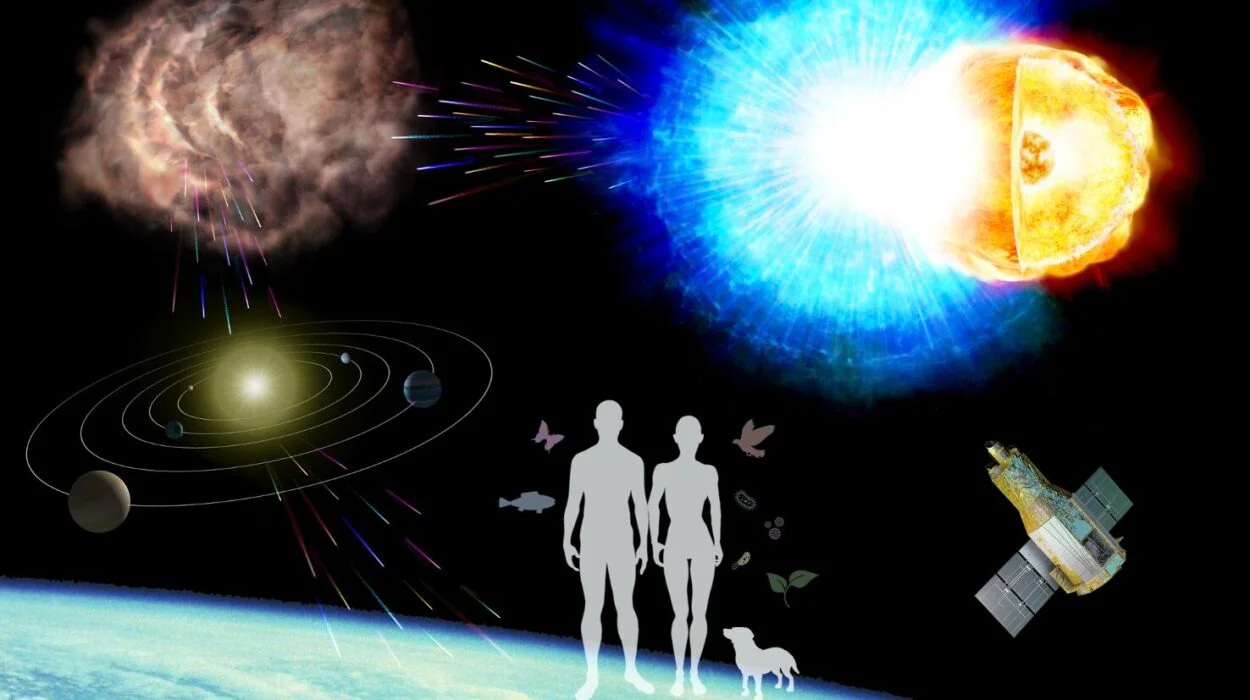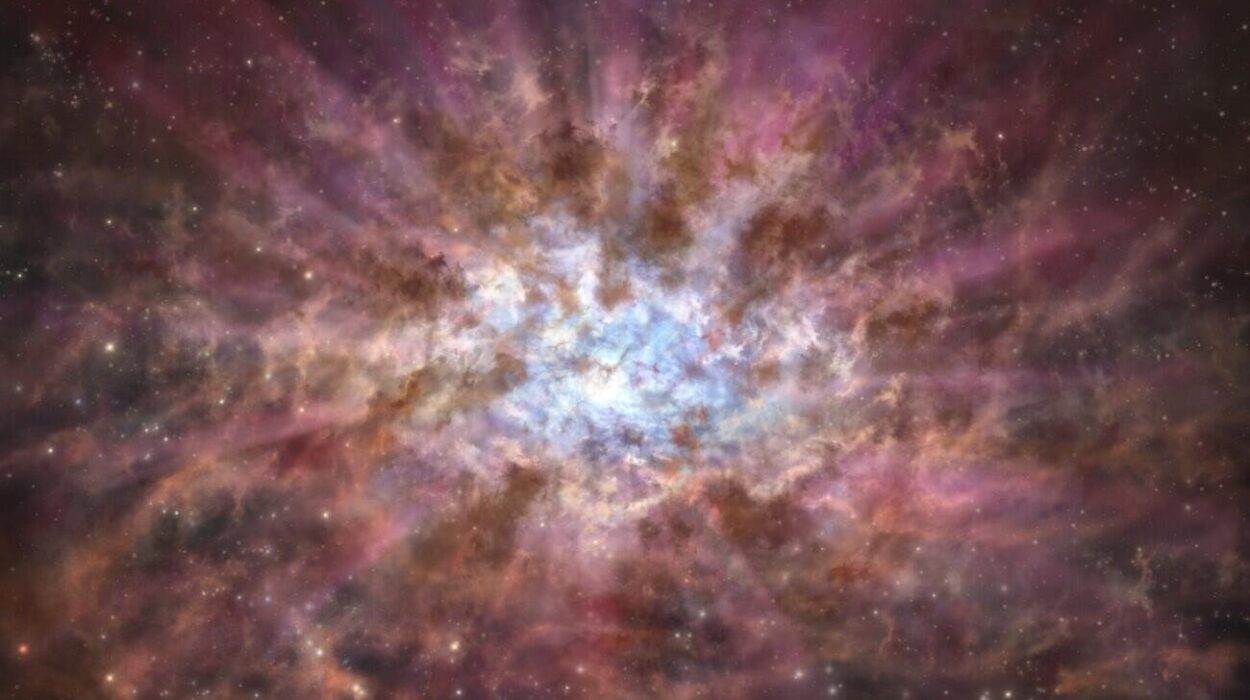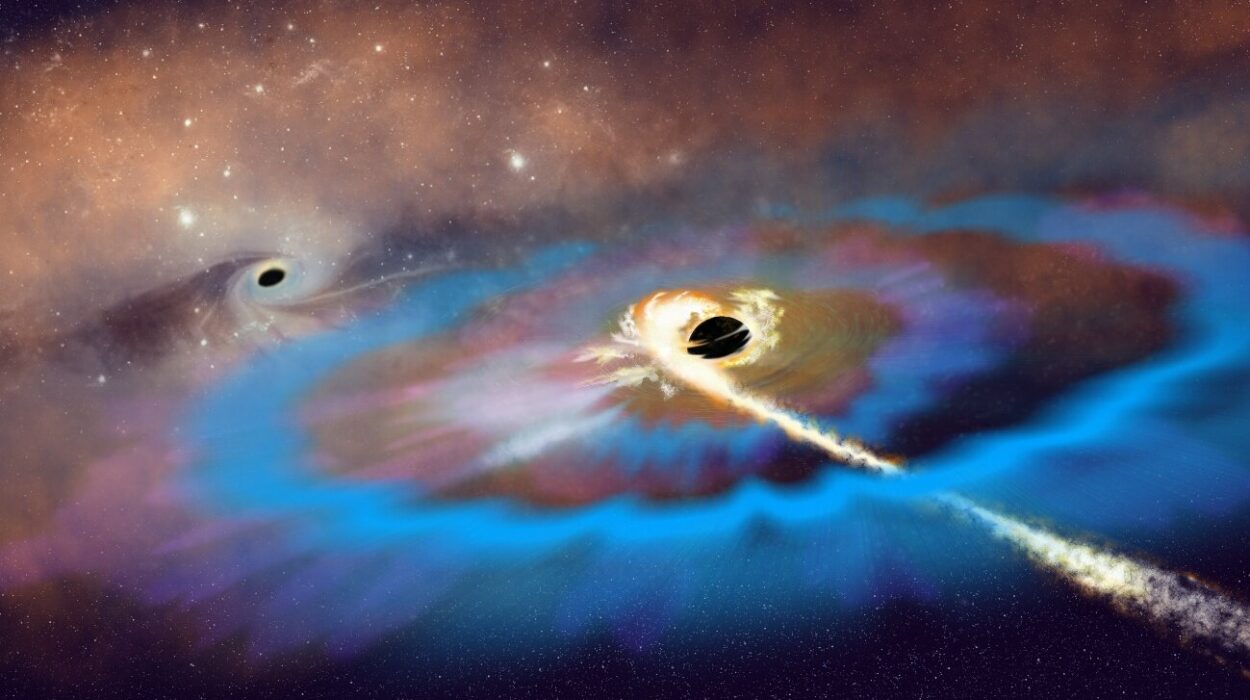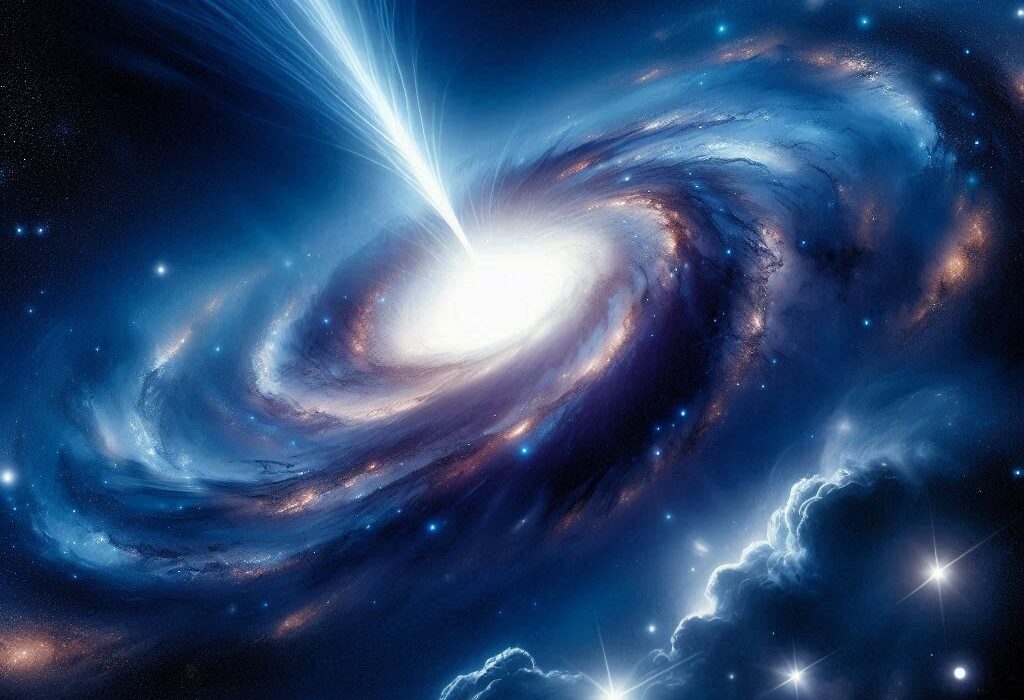The solar system is our cosmic neighborhood, a sprawling and dynamic family of celestial bodies orbiting a single, blazing star: the Sun. It’s a place of fire and ice, storms and stillness, desolation and beauty. The planets, from searing Mercury to frigid Neptune, each offer a unique chapter in the story of our solar system’s formation, evolution, and mystery. As we journey from one world to the next, we find extremes of temperature, weather, geology, and even time itself.
Our solar system is not a quiet place. It is a realm of violent beginnings, delicate balances, and endless motion. From the dusty plains of Mars to the boiling clouds of Venus, every planet is a world unto itself—shaped by ancient cataclysms, hidden oceans, and unearthly winds. So let us embark on a voyage across the solar system, stopping at each of the eight major planets, gazing in awe at their wonders and discovering what they can teach us about the universe—and about ourselves.
Mercury: The Scorched Messenger of the Gods
Closest to the Sun and smallest of the eight planets, Mercury is a rocky, crater-pocked world of extremes. In ancient Roman mythology, Mercury was the fleet-footed messenger of the gods, and the planet lives up to its name by zipping around the Sun in just 88 Earth days. Its surface looks much like our Moon—barren, battered, and ancient—but the forces that shaped it are unique.
Mercury has almost no atmosphere to speak of, just a wispy exosphere formed from atoms blasted off its surface by solar wind. This lack of atmospheric insulation means that temperatures swing wildly. By day, the surface can soar to 430°C (800°F), hot enough to melt lead. But at night, without any air to trap the heat, temperatures plunge to a bone-chilling -180°C (-290°F).
Surprisingly, Mercury has a large iron core, making up about 85% of the planet’s radius. Scientists believe this may be due to a massive impact in the planet’s early days, stripping away its outer layers. Another mystery is its magnetic field—a weak but puzzling presence for such a small world, suggesting complex internal dynamics.
Though seemingly lifeless and silent, Mercury whispers to us of ancient violence, searing heat, and an unrelenting closeness to our star.
Venus: Earth’s Twisted Twin
Venus is Earth’s nearly identical sibling in terms of size, mass, and composition, yet its surface is the most hostile in the solar system. Known since antiquity as the Morning Star or the Evening Star, Venus is shrouded in thick, yellowish clouds of sulfuric acid, hiding a surface that can best be described as hellish.
With surface temperatures around 465°C (869°F), Venus is hotter than Mercury, despite being farther from the Sun. This paradox is due to its thick atmosphere—composed almost entirely of carbon dioxide—which creates a runaway greenhouse effect. The pressure at the surface is equivalent to being nearly a kilometer beneath Earth’s oceans.
The landscape is a vast volcanic plain dotted with thousands of shield volcanoes, some as large as any on Earth. There are highland regions, vast rift valleys, and lava flows that may be relatively recent. In fact, evidence suggests that Venus might still be geologically active.
Yet Venus remains cloaked in mystery. Radar mapping from orbiting spacecraft has revealed a surface constantly reshaped by volcanism and tectonics. Lightning crackles in its clouds, and hurricane-speed winds whip the upper atmosphere. Once thought to be Earth’s twin, Venus is now seen as a dire warning of what happens when greenhouse gases spiral out of control.
Earth: The Blue Marble of Life
There is, as far as we know, only one world that cradles life in all its complexity, diversity, and beauty: Earth. Floating in the vastness of space, wrapped in a delicate blanket of atmosphere, Earth is a symphony of air, water, rock, and biology. Its oceans cover over 70% of the surface, and its continents teem with billions of species—from the tiniest microbe to the blue whale.
Earth’s position in the solar system is no accident. Orbiting at just the right distance from the Sun, within the so-called “habitable zone,” Earth can support liquid water on its surface. Its magnetic field shields it from solar radiation, and its plate tectonics renew the crust and cycle essential elements.
The atmosphere, rich in nitrogen and oxygen, regulates temperature and enables breathing for animals and photosynthesis for plants. Our Moon, unusually large for a planetary satellite, helps stabilize Earth’s axial tilt, moderating seasonal changes and perhaps even aiding the evolution of complex life.
Earth is also a dynamic planet. Volcanoes erupt, earthquakes rumble, glaciers sculpt, and storms rage. Yet for all its raw power, Earth is a cradle of astonishing harmony. Life here has not only adapted to this world—it has shaped it.
And while we continue to search the cosmos for signs of life elsewhere, Earth remains a singular miracle in the darkness, a luminous blue beacon of vitality.
Mars: The Red Frontier
Mars is a world that has long captured human imagination. Its reddish hue, visible to the naked eye, inspired ancient myths and modern dreams. Called the “Red Planet,” Mars is a cold, dry desert today—but it bears unmistakable signs of a wetter, warmer past.
The Martian surface is strewn with ancient riverbeds, deltas, and lakebeds, suggesting that water once flowed freely. Massive volcanoes like Olympus Mons—the tallest in the solar system—hint at a once-geologically active world. Valles Marineris, a canyon system that dwarfs the Grand Canyon, stretches over 4,000 km (2,500 miles), carved by tectonics and erosion.
Despite its thin atmosphere, composed mostly of carbon dioxide, Mars experiences seasons, dust storms, and even snow. Its two moons, Phobos and Deimos, are likely captured asteroids, lumpy and misshapen.
Perhaps the most tantalizing question about Mars is whether it ever harbored life—or still does, hidden underground in salty aquifers. Robotic explorers like Perseverance and Curiosity roam its surface, hunting for clues, while orbiters scan for signs of subsurface water.
Mars is a frontier in every sense: a place where science meets imagination, where robots pave the way for human footprints, and where the story of life in the solar system may yet have a surprising chapter to tell.
Jupiter: The King of the Planets
Jupiter is the solar system’s colossus—a gas giant more massive than all the other planets combined. With its swirling clouds, enormous storms, and powerful magnetic field, Jupiter is a planet of superlatives. It has no solid surface, only layers of gas transitioning into liquid and possibly a core of rock and metal under immense pressure.
Its atmosphere is dominated by hydrogen and helium, with colorful bands of clouds moving in alternating east-west directions. The most famous feature is the Great Red Spot, a massive storm system larger than Earth, raging for at least 400 years.
Jupiter’s magnetosphere is immense, stretching millions of kilometers into space, capturing radiation and charged particles. Any spacecraft venturing too close risks being fried by its intense energy environment.
Orbiting this giant is a retinue of moons—more than 90 at last count—with some of the most intriguing worlds in the solar system. Ganymede, the largest moon, is bigger than Mercury and may have a subsurface ocean. Io is the most volcanically active body in the solar system, its surface constantly reshaped by eruptions. Europa, with its icy shell and hidden ocean, is one of the most promising places to search for extraterrestrial life.
Jupiter may have played a key role in shaping the solar system, its gravity influencing asteroid belts, comet paths, and even Earth’s development. It is not just a planet—it is a solar system within a solar system.
Saturn: The Lord of the Rings
If there is one planet that epitomizes beauty and elegance, it is Saturn. Encircled by a vast system of rings made of ice and rock, Saturn is a masterpiece of natural symmetry. Its rings span hundreds of thousands of kilometers but are only meters thick, a cosmic paradox of grandeur and delicacy.
Like Jupiter, Saturn is a gas giant composed mostly of hydrogen and helium. Its pale yellow atmosphere is calmer than Jupiter’s, though it has its own set of peculiar storms, including hexagonal cloud patterns at its poles.
Saturn is less dense than water—if you could find a bathtub big enough, it would float. Its interior is believed to harbor a small rocky core surrounded by metallic hydrogen, where pressures crush atoms into exotic forms.
But it is Saturn’s moons that steal the show. Titan, larger than Mercury, has a thick nitrogen atmosphere, methane lakes, and a complex climate system. It may host a subsurface ocean of water beneath its icy crust. Enceladus, another icy moon, sprays water vapor into space from geysers near its south pole—proof of an underground ocean that could harbor life.
These moons are no longer mere satellites—they are worlds of their own, holding secrets that challenge our understanding of habitability.
Uranus: The Tilted Ice Giant
Uranus is a planet that breaks the mold. Unlike any other in the solar system, it rotates on its side, with an axial tilt of about 98 degrees. This means that for part of its 84-year orbit, one pole is plunged into darkness for decades, while the other faces continuous sunlight.
A cold, pale blue orb, Uranus is composed mostly of icy materials—water, methane, and ammonia—making it an “ice giant” rather than a gas giant. Methane in its atmosphere gives it its signature color, absorbing red light and reflecting blue.
Beneath its quiet exterior lies a dynamic interior. Uranus may have an ocean of superionic water—where water molecules are squeezed into an exotic state between liquid and solid, conducting electricity. Its magnetic field is also wildly off-center and tilted from the rotational axis, suggesting complex internal processes.
Uranus has a set of faint rings and at least 27 known moons, many named after characters from the works of Shakespeare and Alexander Pope. These moons are irregular, with odd orbits and varying compositions, hinting at a chaotic history.
Despite its distance and apparent serenity, Uranus is a world of surprises—a sideways planet with a hidden, stormy heart.
Neptune: The Windy Blue World
Farthest from the Sun and the last of the eight planets, Neptune is a distant giant wrapped in mystery. Discovered through mathematics before it was ever seen through a telescope, Neptune is a triumph of human intellect and a testament to our ability to understand the cosmos through reason.
Neptune is a deep azure blue, even more vibrant than Uranus, thanks to its higher concentration of methane and possibly unknown chromophores. Its atmosphere is marked by supersonic winds, reaching speeds over 2,000 km/h (1,200 mph)—the fastest in the solar system. Storms, including dark spots akin to Jupiter’s, swirl across its surface, appearing and disappearing in a matter of years.
Beneath the clouds, Neptune likely has a hot, dense mantle of water, ammonia, and methane ice, surrounding a rocky core. It radiates more heat than it receives from the Sun, suggesting residual energy from its formation or mysterious internal dynamics.
Neptune’s largest moon, Triton, is a captivating world in its own right. It orbits in the opposite direction of Neptune’s rotation, implying that it was likely captured from the Kuiper Belt. Triton has cryovolcanoes, icy plains, and a young surface that hints at geologic activity—making it one of the coldest yet most geologically intriguing places in the solar system.
Though distant and dim, Neptune is a planet of intense dynamism, hidden energy, and haunting beauty.
The Endless Frontier
Our tour of the planets reveals a solar system that is anything but uniform. Each world is a singular expression of cosmic evolution—shaped by collisions, cooled by time, and sculpted by forces both known and mysterious. Together, the planets tell a story not just of their own creation, but of the processes that formed our Earth and, ultimately, us.
Beyond Neptune lies a realm of icy worlds, dwarf planets, comets, and Kuiper Belt objects, where Pluto, Eris, and others continue to challenge our definitions of planethood. Even farther still is the Oort Cloud, a spherical shell of icy bodies marking the boundary of the Sun’s gravitational reach.
As our robotic explorers push ever outward and telescopes peer ever deeper into the night, we realize that our solar system is not an isolated oasis but a part of a vast, interconnected cosmos. Yet, no matter how far we travel, the planets of our solar system remain our first teachers, the cradle of our astronomical curiosity.
To journey through them is to explore not only space but the very fabric of time, physics, and possibility. And in each of these distant orbs, we see a reflection of the forces that made us—and the future we might still shape among the stars.
